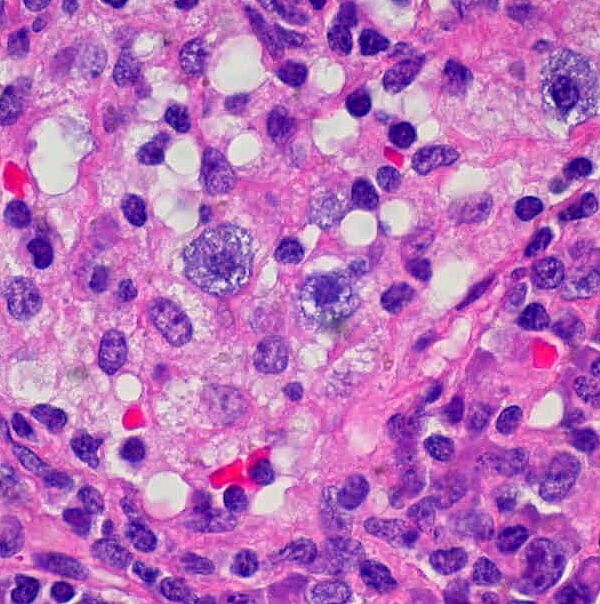 A new advance in the understanding of mast cells, located at the interface between the nervous and vascular systems, in the development of rosacea is at the center of a recent study funded by a National Rosacea Society research grant and conducted by a team led by Dr. Anna Di Nardo, professor of medicine at the University of California-San Diego.
A new advance in the understanding of mast cells, located at the interface between the nervous and vascular systems, in the development of rosacea is at the center of a recent study funded by a National Rosacea Society research grant and conducted by a team led by Dr. Anna Di Nardo, professor of medicine at the University of California-San Diego.
In earlier research, Dr. Di Nardo and colleagues found that cathelicidins, an antimicrobial peptide involved in immune responses that is overproduced in people with rosacea, activate mast cells to induce inflammation in rosacea skin. In their most recent study, Dr. Di Nardo’s team more closely investigated how mast cells interact with nerve cells, attempting to further understand mast cells’ role at the crossroads connecting the immune and nervous system reactions responsible for rosacea flare-ups.
Researchers first tested whether treating mast cells with cathelicidins increased their production of neuropeptides that in turn induce nerve cells to produce other neuropeptides that lead to inflammation. Contrary to their hypothesis, they found that this did not occur. However, when nerve cells were treated with cathelicidins directly, this did trigger a reaction and slightly increase the release of neuropeptides.
Next, the research team treated mast cells with the neuropeptides produced by nerve cells as a result of cathelicidin exposure. In this case they found that the mast cells’ protein receptors showed increased activity, producing the pro-inflammatory response seen in rosacea flare-ups.
The investigators concluded that sensory nerves can activate mast cells through the release of neuropeptides. However, they were unable to confirm the direct release of neuropeptides as a result of cathelicidins triggering sensory nerves. As a result, Dr. Di Nardo’s team now hypothesizes that external stimuli activate sensory nerves, causing the release of neuropeptides. The neuropeptides then induce cathelicidin production in mast cells, activate sensory protein receptors and initiate the inflammatory response seen in rosacea flare-ups.
Read about more NRS-sponsored research here, and find more information on the potential causes of rosacea.